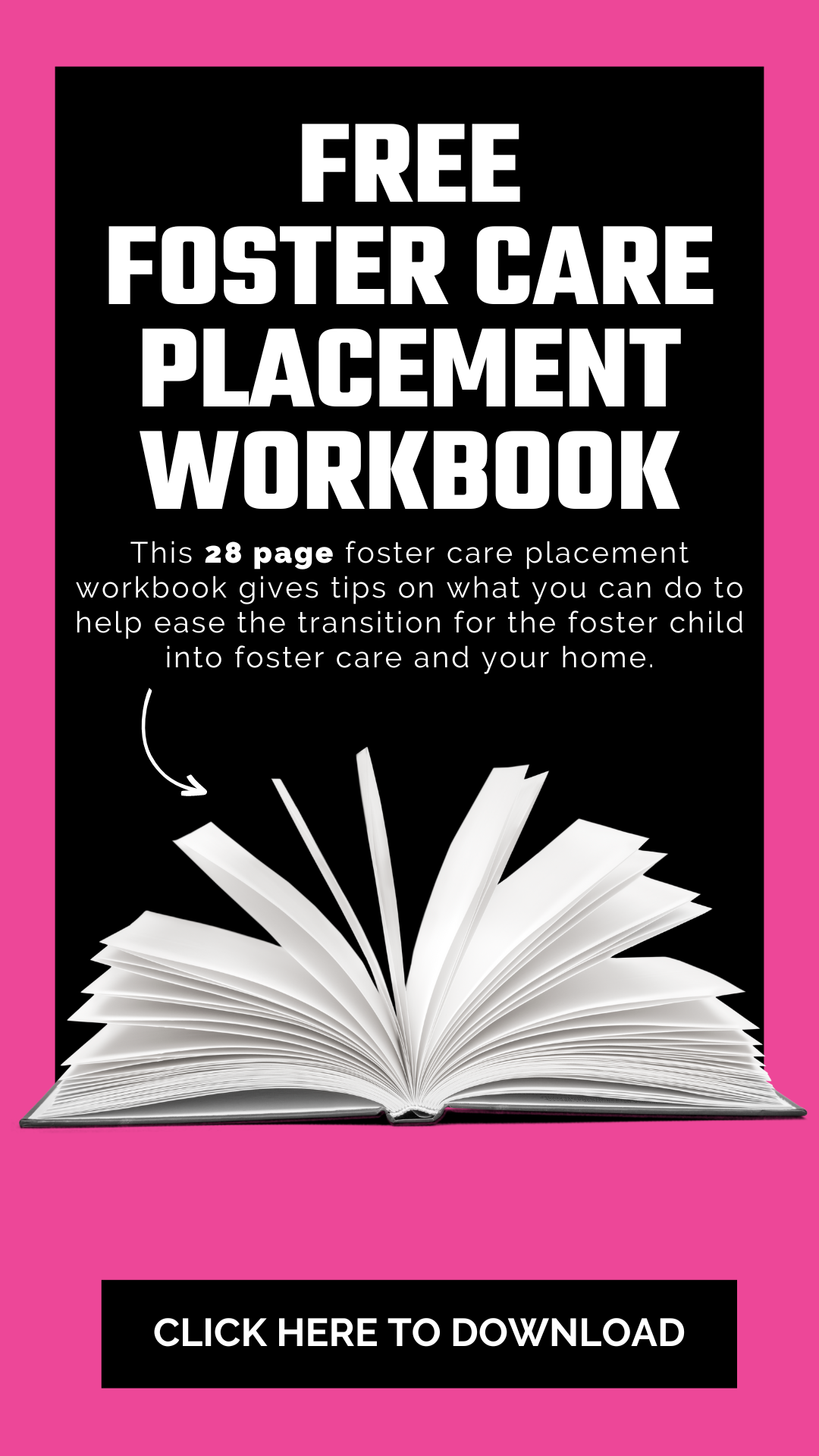(NOTE: This is an opinion piece authored by KidsPeace’s Jennifer Udvardi-Morris, and published in the December 15, 2023 edition of the Albany (NY) Times-Union newspaper.)
In my nearly 20 years of working in foster care, I have met children who have spent more than half their lives in foster care, and who have experienced as many staff changes as they’ve spent years in care. For each change, there has been a new person to get to know, tell their stories to, and try and learn to trust. Some have endured so many caseworkers through Child Protective Services and foster care that they simply stopped trying to connect, certain that each new worker would also leave them.
High turnover rates amid an ongoing hiring crisis have led to a continuous rotation of caseworkers — and a child welfare system nearing catastrophic failure.
In New York, the yearly turnover rate among child welfare professionals is over 40%, and in residential programs the number is closer to 60%. Effectively, this means that half of the child welfare workforce leave the job and do not return.
This leads to poor outcomes for children and families. Each time there is a change in caseworkers, permanency is delayed an average of six months, and with those delays come multiple foster home placements and longer stays in foster care. What also lingers, often unseen and unaddressed, is disrupted attachment — a loss of connection and relationships, which builds mistrust between youth and the workers meant to protect and advocate for them.
The child welfare profession is difficult, with long hours and exposure to trauma; burnout is common even among veteran staff. Those issues are intensified by low compensation, especially among voluntary agencies that handle 80% of foster care placements in New York. These agencies provide specialized foster care services and residential care to children with developmental disabilities, high-risk medical diagnoses, and mental health conditions from severe trauma — in short, some of the most vulnerable children.
Wages have failed to keep pace with inflation, forcing child welfare professionals to take on second jobs just to make ends meet, often with minimal downtime. This means less time to decompress from the emotional and time-consuming difficulties of the job and to resolve feelings of emotional overload and trauma. Research has shown over and over that child welfare professionals experience vicarious trauma at significant rates through simply performing the responsibilities of their work.
Every agency in our field has seen an increase in referrals of kids with high acuity and supervision needs. But program admissions have stagnated due to staffing shortages within an already strained system. Children with developmental disabilities, intensive medical needs and severe trauma need placement, but staffing shortages have meant that they must wait longer or are placed in inappropriate levels of care, ultimately costing state agencies — and the taxpayer — more.
Earlier this year, child welfare agencies throughout New York advocated for passage of an 8.5% cost of living adjustment (COLA) for the voluntary agency-based child welfare workforce. While the Legislature passed a 4% COLA, that’s far below the investment the system needs.
Without more financial support from the state, agencies cannot meet the demand we’re seeing in the community. How can we say we support the needs of these children and families when we don’t support those who are tasked with ensuring their safety and well-being?
Workers, including the committed staff I work with every day, are not simply asking for more money; they are asking for their well-being to matter, and they are asking for the resources to be able to do their jobs effectively. Without that support, the system in New York is at risk of failure.
Social workers are asking the Legislature to make a commitment — to them, to the work they do, and above all to the families who stand to win or lose the most.
Jennifer Udvardi-Morris is a program director in the Kingston office of KidsPeace, a provider of mental and behavioral health care services.


